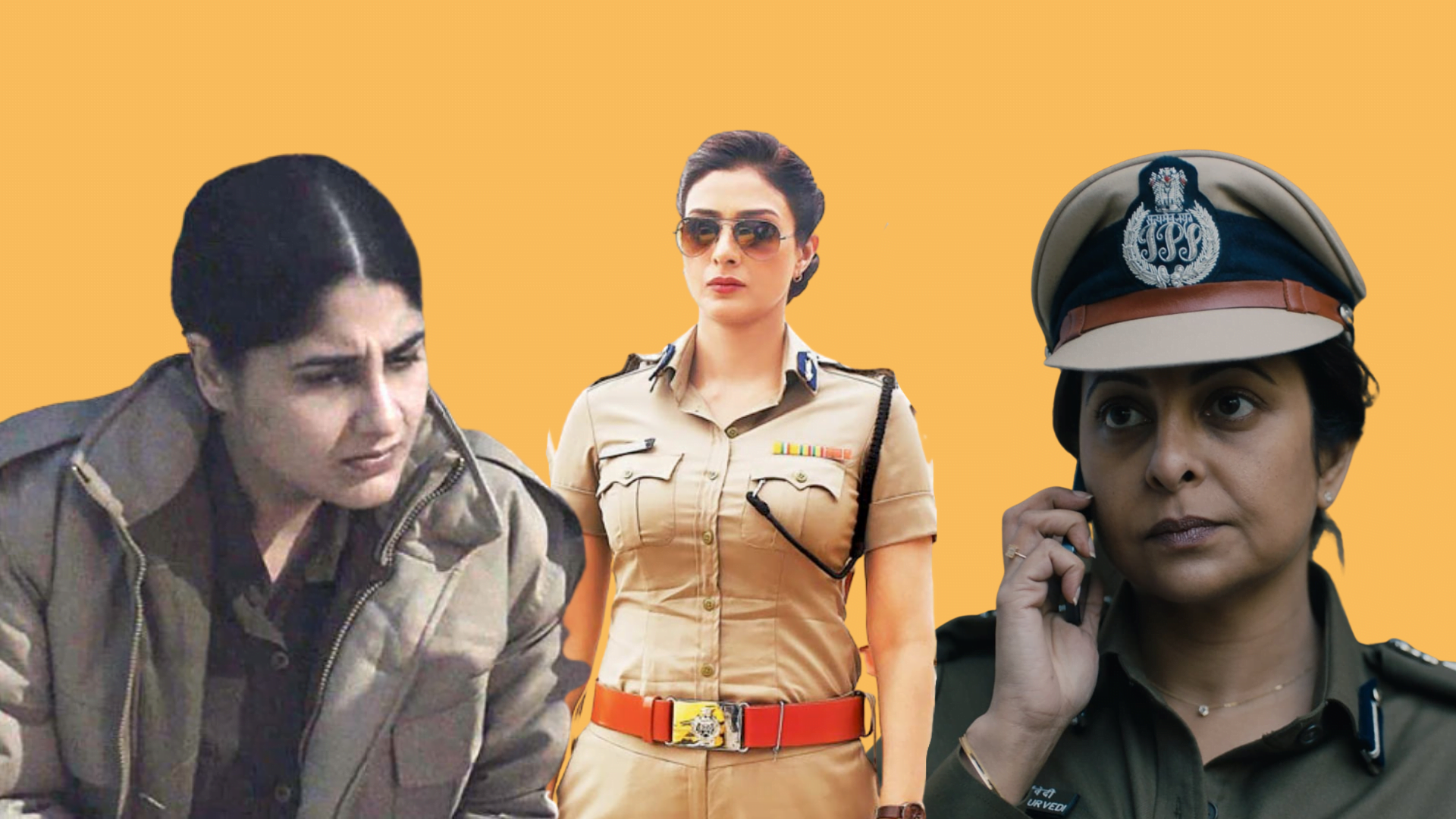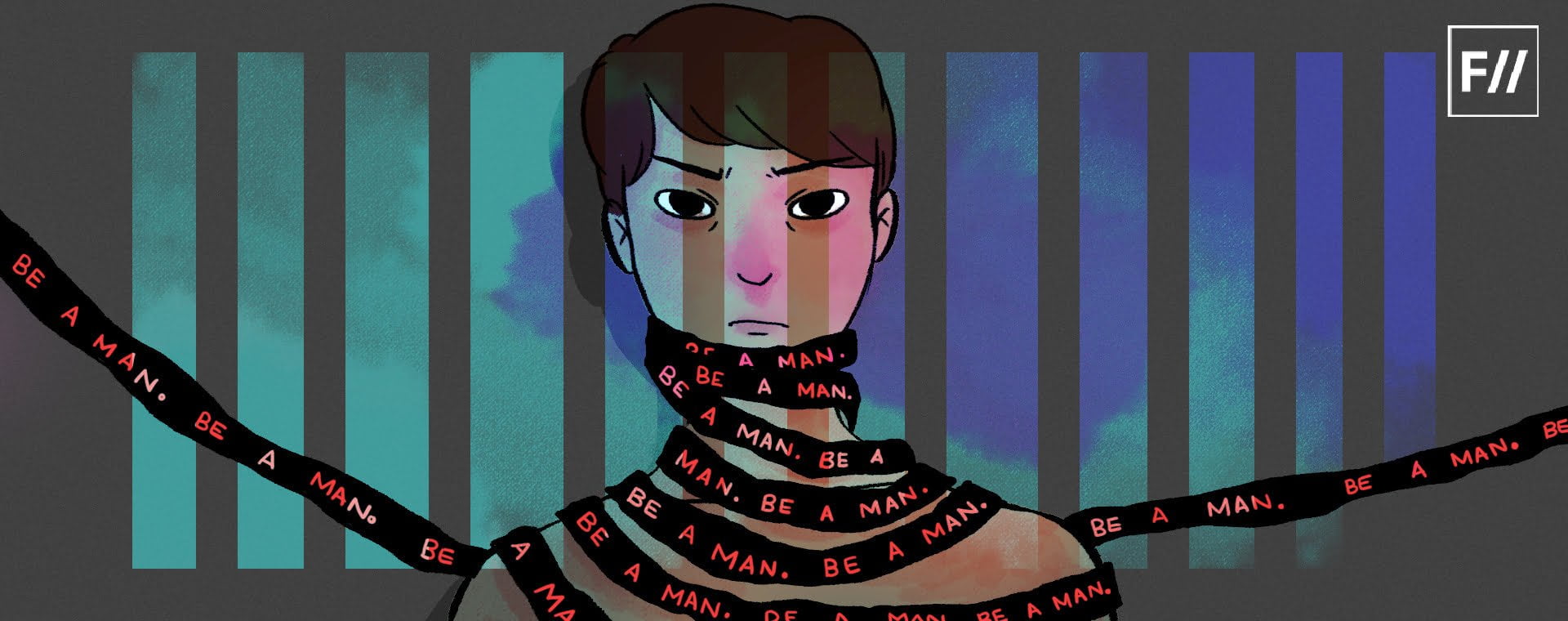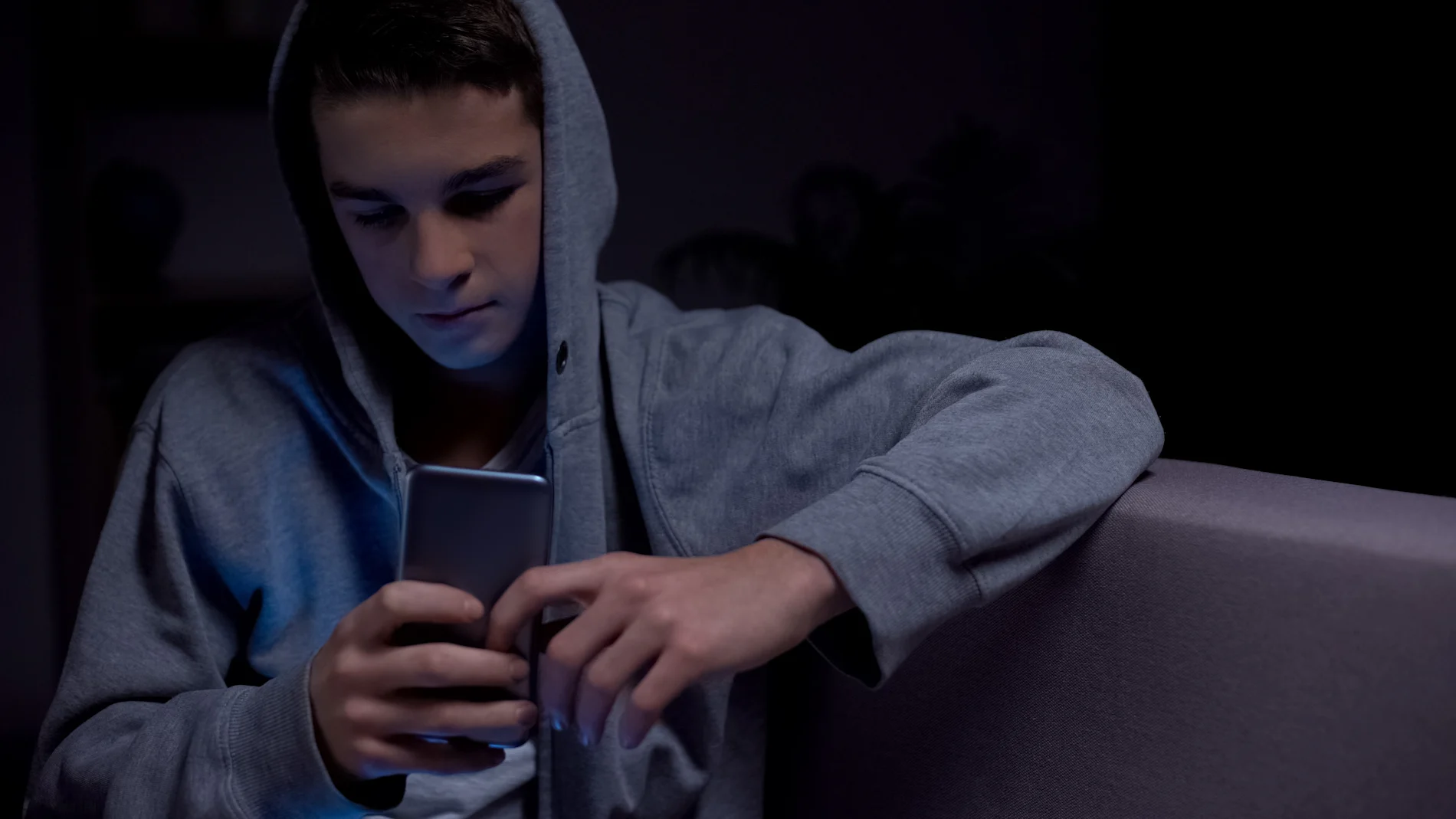I was watching the series ‘Delhi Crime’, which is a dramatisation of the December 2012 gang rape case in Delhi. The head of this investigation is the DCP of South District (Delhi), Vartika Chaturvedi, played by the very talented Shefali Shah. Throughout the show the investigation is helmed by her; with ferocity, passion, empathy, and persistence. A little overjoyed and relieved at women superiors finally being qualitatively represented on screen, there was still one thing that continued to nag me.
Throughout the show Delhi Crime, Shefali Shah plays one of the women superiors who is helming the investigation with ferocity, passion, empathy, and persistence. However, her character is shown as being referred to as ‘Madam-Sir’ by her subordinate officers.
Throughout the series, her character is shown as being referred to as ‘Madam-Sir’ by her subordinate officers. That reference stuck out like a sore thumb, which is why I was quick to notice it again in another movie called ‘Soni’, where senior superintendent Kalpana Ummat is referred to as the same. Which is what led me to the question as to why are women superiors called ‘Madam-Sir’ and not just ‘Madam’?

Also read: Women Bosses In Cinema: Positive Portrayal Of Female Leadership Is Finally Here
But before anything, this takes us back to the question – how many of us associate the word ‘police’ with women? Just like we associate the words ‘farmer’, ‘doctor’, ‘engineer’, etc. with men, we automatically tend to associate ‘police’ with men as well. The first woman police officer was appointed in 1933, in Travancore. The first woman IPS officer, Kiran Bedi, was appointed in 1972. According to Carnegie India, less than 10 percent of police officers in the force are women. This is because, despite provisions being made available for women in the police force, there are still strong misogynistic structures in place that find loopholes around them.
If we see the representation of women, let alone women superiors, in the police force, they are mostly sexualised fantasies or ‘masculine’ women – Zakhmi Aurat (1988), Karthavyam (1990)), Mardaani (2014). Although we’ve come a long way in terms of having women in police, equality in the workforce seems to be tokenism at this point, with women having to shed their personal choice of expression (feminine, if it may be) to fit into a mould in order to be taken seriously. Quite similar to the argument of period leave as anti-feminist in nature.
How does one know the markers of ‘effective masculinisation’? There are a multitude of them, starting with less effort taken while grooming, wearing clothes that are conventional of a heterosexual male, spewing abuse, aggressive stance and language, and physically violent. The hyper-masculine environment forces the women superiors in the police force to adapt to it by doing all of this.
The many markers of effective masculinity in the police force might include, say, less effort while grooming, wearing clothes that are conventional of a heterosexual male, spewing abuse, aggressive stance and language, and physically violent. The hyper-masculine environment forces the women superiors in the police force to adapt to it by doing all of this.
This deliberate effort to not appear ‘too dolled up’ and to not reinforce their personal expression of identity makes the men uncomfortable and takes away the authority of the space in their eyes, making the demarcations in the spaces of men and women even deeper. If one of the woman superiors is hyper-masculine, she is mocked by her fellow male counterparts for ‘trying to be like them’, and if she’s feminine, she’s stereotyped as ‘weak’ and ‘fragile’.
Because of this discomfort of men with their societal authority being challenged in traditionally masculine spaces, women got combat and officer roles in the Indian army only in February 2020. Even then, General Bipin Rawat, the current chief of defence, was quoted as saying, “We welcome the SC ruling to give women officers permanent commission. We don’t have any issues or regrets on the same. However, as far as combat role for them is concerned, I think the right time for it has not come yet.”

The Indian government had opposed this decision before the Supreme Court gave a decision, saying that the physical limitations of women do not enable them to handle the grueling combat training. Apart from this, it also said that women should not be appointed to top roles (colonels, brigadiers) because most soldiers are men from rural areas, who would not be ‘mentally schooled’ to take orders from a woman.
Also read: In Photos: Meet 5 Women Smashing Patriarchy With Their Unstereotypical Jobs
Even if there is reservation for women in both the armed forces and the police, this reservation does nothing more than project a superficial image of ‘progressiveness’ while subjecting women to the longstanding hyper-masculine spaces to whose standards they have to rigorously adhere to and perform exceptionally in order for their work to matter. It’s going to take more than this to uproot systematic patriarchy and misogyny and allow for gender-sensitive spaces to form in the police force.
About the author(s)
A 23-yr old aspiring recluse who's always looking to superimpose cinema, art, philosophy, writing, and literature on one another. Gulping books and coffee is second nature, the first is cynicism.




